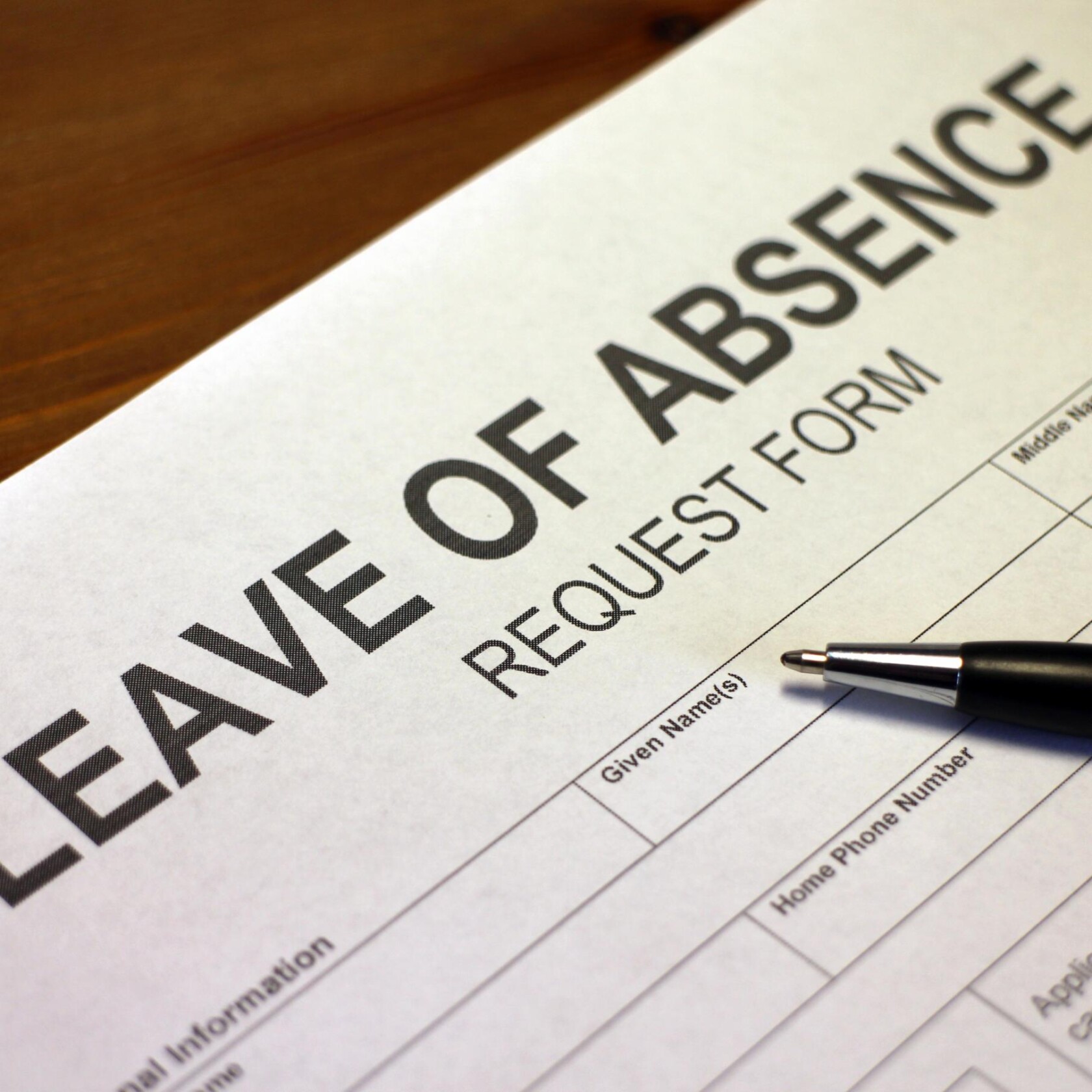
We have reported time and time again on the national trend of mandating paid sick leave for workers. As we noted last March, in a 2015 Executive Order, President Obama directed the U.S. Department of Labor (DOL) to issue regulations requiring federal contractors to provide paid sick leave to their employees. The DOL issued a final rule on September 29, 2016, which will mandate up to seven days of paid sick leave for covered workers.
The new rule, which is estimated to impact between 694,000 and 1.15 million federal contractor workers, is more generous than many other sick leave mandates implemented by state and local governments in recent years. The federal rule requires employers to provide at least one hour of paid sick leave for every 30 hours of work, up to at least 56 hours (seven days) per calendar year. The leave may be used for:
- Episodes of physical or mental illness
- Visits to health care providers for preventive care
- Caring for a sick family member
- Responding to and caring for the consequences of domestic violence, sexual assault, or stalking, including time off to pursue legal action or to seek relocation services
The rule also permits employees to carry over any accrued, but unused, sick time from year to year, although employers can still cap the total accrual amount at 56 hours per year. Furthermore, if an employee is separated but rehired by the same contractor within 12 months, contractors are required to reinstate any amount of unused paid sick leave accrued prior to the separation (unless the contractor already paid the employee for accrued, unused paid sick leave). Generally however, no contractor is required to pay out employees for any unused sick leave at termination, as long as its policies do not otherwise require it.
Unsurprisingly, the new rule is over 460 pages long, and, given our limited space (and your likely attention span), we cannot possibly describe all issues contractors may face in light of these sick leave requirements. However, some of the important issues include interplay with Family and Medical Leave Act requirements, conflicts with state and local rules, effect of collective bargaining agreements, and more. Additionally, while most federal contracts will be required to implement these new rules on any new contracts as of January 1, 2017, there are some exceptions in the new rule. If there is any concern or confusion about the rule’s applicability, we suggest contacting legal counsel to ensure accurate compliance and avoidance of fines, penalties, and – at worst – debarment.
You may have also noticed that the DOL’s accrual rate and minimum cap are more aggressive than most other rules across the country. For example, the new ordinances in Cook County and the City of Chicago require that employees accrue one hour of paid sick leave for every 40 hours worked with a minimum cap of 40 hours (five days) per year, and only require that employers permit 20 hours (two and a half) days of carryover each year. This dichotomy between federal and local sick leave mandates will cause administrative difficulties for multi-jurisdictional employers, particularly those with federal contracts. There are several solutions to handling this patchwork of rules, depending on an employer’s past practice, workplace culture, and bottom line, but consultation with counsel is recommended to ensure compliance.
Stay tuned as more paid sick leave issues come into play around the country in the coming months and years.
